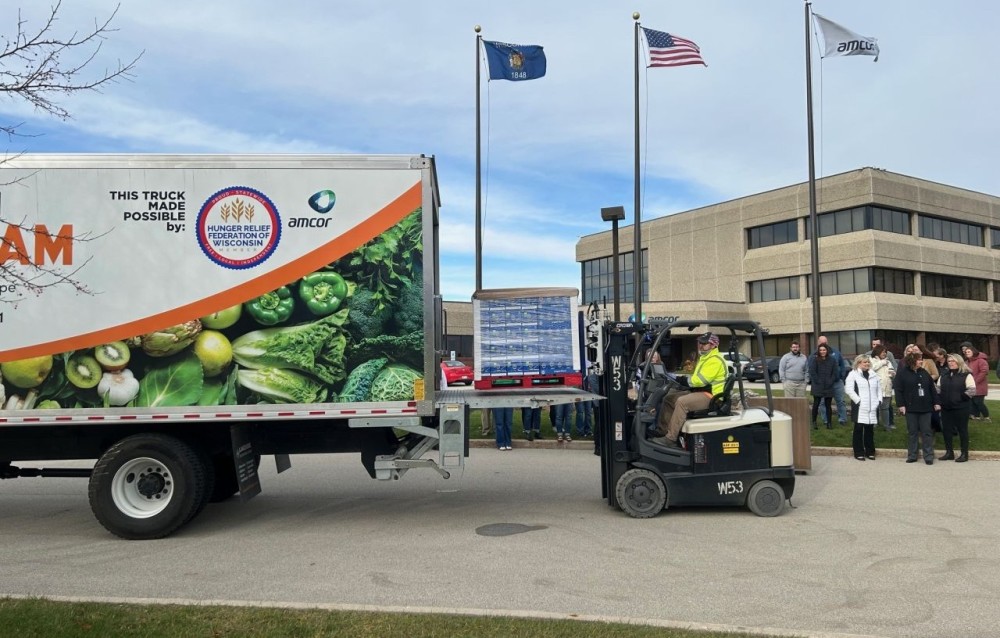A program that has stopped thousands of students from dropping out of school should be federally funded and expanded to triple its reach, Save the Children has said.
Ahead of the federal election, Save the Children is calling for a $10 million funding commitment over four years to be invested in Hands on Learning, a program which has kept at risk students engaged in education.
The funding would enable Save the Children to triple the program’s reach to over 5000 at-risk young people each year, at 300 schools around the country, helping to address a national problem. It is aimed primarily at students in the nine to 14-year age range, a period where a high proportion disengage from their education.
Across this cohort early leavers from formal education cost the broader community $23 billion over a working lifetime1.
A recent survey of parents whose children have been engaged by Hands on Learning reveals overwhelming support for the program, both for its academic and its social impact.
In particular, the survey found that:
- 99 per cent of parents reported that Hands on Learning gives their children the chance to learn by doing real and meaningful things;
- 86 per cent of parents said that since being in Hands on Learning their child’s sense of belonging at school has improved;
- 85 per cent said that Hands on Learning is the main reason their child has been engaged and motivated to come to school; and
- 95 per cent of parents said that since being in Hands on Learning their child has developed new work and life skills, making them more job ready.
Hands on Learning is a practical school-based program which now operates in about 100 primary and secondary schools in Victoria, New South Wales, Queensland and Tasmania.
The program targets schools and students in locations where, due to a range of socio-economic factors, they may be more likely to disengage from their education during the crucial age range of nine to 14 years. There is strong evidence to suggest links between early departure from formal education and higher likelihood of welfare dependence and interaction with the criminal justice system.
Students spend one day a week, on-site at their school, working together on practical projects, including construction and hospitality, around the school and community. The projects foster teamwork, communication and problem-solving skills.
Save the Children CEO Paul Ronalds said the program was a proven success, making it a strong and sensible investment.
“Hands on Learning has received an emphatic thumbs up from parents, students and teachers,” Mr Ronalds said.
“Expanding Hands on Learning to help more children, families and schools throughout the country is a no-brainer. With a Federal election imminent, this has to be a funding priority regardless of who wins government.”
A funding commitment of $10 million over four years would ensure young people right across Australia could benefit from Hands on Learning, with potential for a significant social and economic return. A 2012 study by Deloitte Access economics showed a $12 return for every dollar invested2.
Parents have spoken of the program’s dramatically positive effect on their children.
“Brooke would not have finished Year 10 without Hands on Learning. She had stopped coming to school for a whole term until Hands on Learning motivated her to start coming again. For Brooke it took away the stress of the classroom.” Mel (Parent)
“Children learn differently for a range of reasons and many feel alienated by conventional academic teaching and learning approaches at school,” said Mr Ronalds.
“Hands on Learning works with children at an age that is absolutely critical to their future learning and employment opportunities.
“It is of the utmost importance to keep these kids engaged in school and Hands on Learning has been very effective at doing so. Disengagement from education during these years presents significant social and economic challenges. Appropriate funding would help the program make an even more significant contribution toward addressing it.”
In 2017 Hands on Learning merged with Save the Children, enabling it to reach more children and bringing its recognised expertise in educational support.
for the Hands on Learning: Future Directions report.








